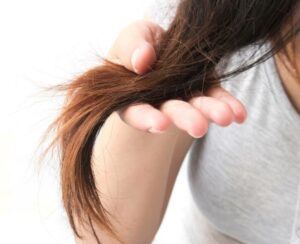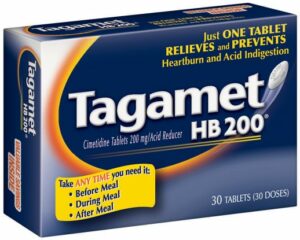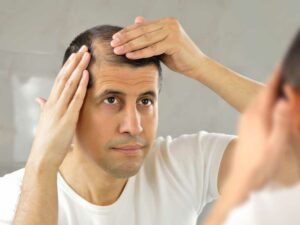Chemotherapy is a medical procedure that involves employment of powerful drugs to destroy cancer cells. This procedure regrettably, not only kills cancer cells but also many other normal cells, especially, in the digestive system, bone marrow and hair follicles leading to evident inevitable side effects like reduction in blood count and hair loss. Chemotherapy hair loss is something that can be debilitating, unless you know how to deal with it properly.
Chemotherapy Induced Hair Loss
Chemotherapy hair loss can bring about partial or total hair loss not only in the scalp (Al-Tameemi et al, 2014 and Sharaova et al, 2014), but also armpits, eyelashes, eyebrows and other areas as well.
The quantum and onset of hair loss depends on the type of the drug used, dosage and period of prescription.
For example, Doxorubicin sets off a gradual hair fall by the first three weeks of the therapy that develops into a total alopecia (hair loss) subsequently. On the other hand, Paclitaxel sets off a sudden total hair fall. Cyclophosphamide causes thinning of the hair and total alopecia (Kluger et al, 2012 and Patel et al, 2014).

Hair Growth after Chemotherapy
Chemotherapy induced hair loss is a temporary alopecia and most of the patients gain hair while still under therapy or soon after the therapeutic period, though, with a mild variation in hair color, texture and type (Ramot et al, 2012).
Post-therapeutic Dietary Hair Growth Boosters
Hair is fundamentally a filamentous protein and thus, a protein rich diet in tandem with vitamins like biotin, inositol, vitamin E, vitamin C, omega 3 and 6 fatty acids; minerals like zinc and iron and novel phytonutrients augments post-therapeutic hair growth.
Post-therapeutic Topical Hair Growth Boosters
Ketoconazole
Ketoconazole is an antifungal drug that has found extensive use in the treatment of alopecia. Quantitative studies examining the stimulatory effect of Ketoconazole on hair growth have demonstrated a macroscopically significant growth stimulatory effect (Jiang et.al, 2005).
Research evidence also shows that Ketoconazole disrupts the 5 alpha-reductase enzyme that mediates DHT synthesis in the human follicular dermal papilla cells (DPCs) (Klus et.al, 1996, Perez, 2004 and Liu et.al, 2008) thereby, promoting hair growth.
Regenepure DR containing Ketoconazole along with various hair growth promoter ingredients like Niacin, Saw Palmetto extract, hydrolyzed wheat proteins and Emu oil is an excellent option available for cancer patients in quest of topical hair growth promoters during and after chemotherapy.
Minoxidil
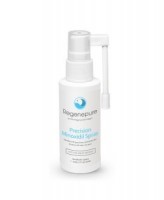
A systematic review and meta-analysis on the efficacy of interventions for prevention of chemotherapy-induced alopecia (Shin et.al, 2015) highlights the importance of topical formulations like Minoxidil. Minoxidil is a potassium channel opener, vasodilator drug that shows excellent hair growth promoting activity (Scow et.al, 1999).
Regenepure Topical Minoxidil Spray containing 5% Minoxidil is another viable option for hair growth intensification in cancer patients.
Copper peptide GHK-Cu
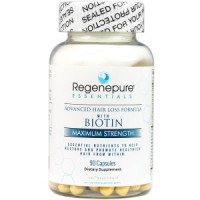
Copper peptide GHK-Cu is a naturally occurring peptide originally isolated from human blood plasma. Copper peptide GHK-Cu and its synthetic equivalent (analog) have been found to stimulate hair growth (Uno et.al, 1993). The hair growth stimulation of synthetic GHK-Cu tripeptides is akin to that of Minoxidil (Dekker, 2005).
Thus, post-chemotherapeutic hair growth can be enhanced and achieved with recent dietary and topical hair growth formulations.
Important: Statements on this site have not been evaluated by the Food and Drug Administration. The products on this site are not intended to diagnose, treat, cure, or prevent any disease. Results are not guaranteed. The testimonials are from real doctors and users and are for informational purposes only


